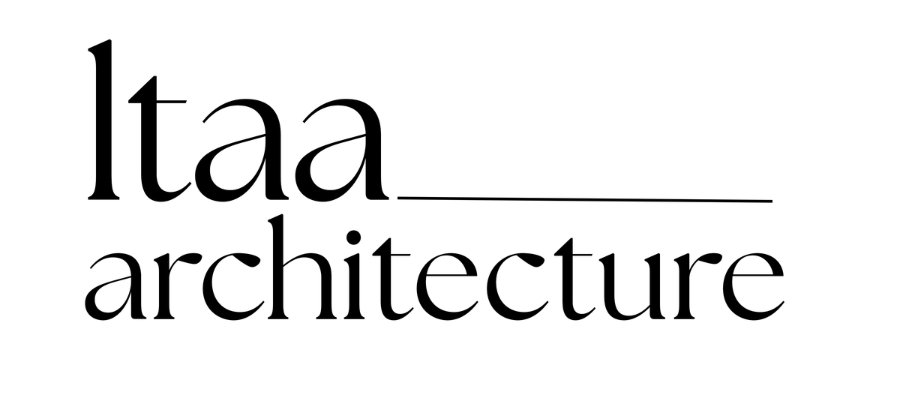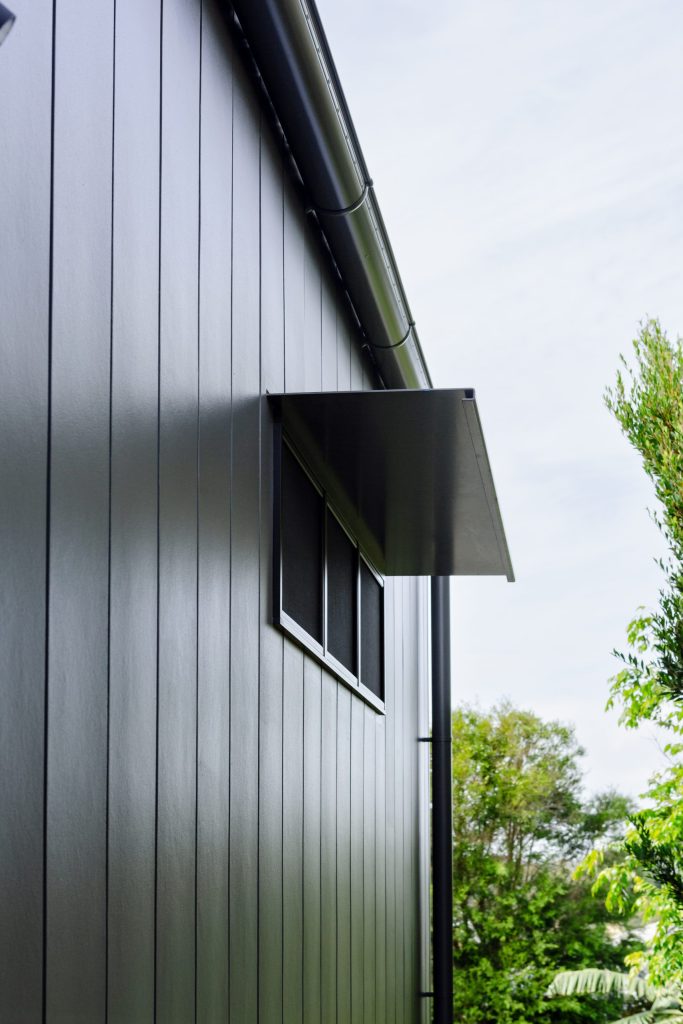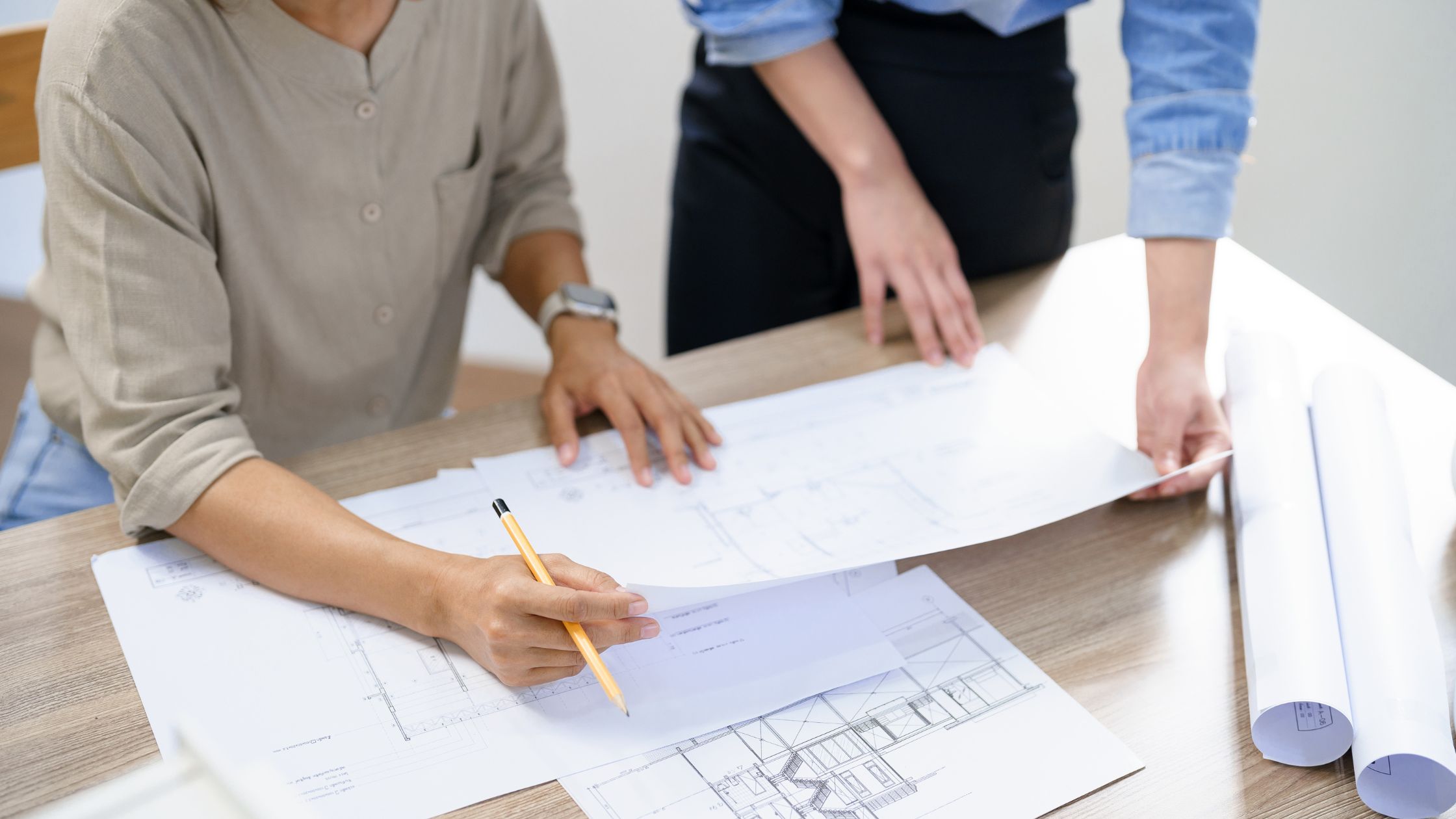Cladding Considerations for Coastal Home Builds
Over the years of working on many projects across different areas of NSW, I have found that coastal living brings specific considerations, particularly when it comes to cladding. One of the main questions that arise in these projects is about the investment in cladding. There are several key factors to consider when deciding how much to invest in cladding, such as its long-term durability, cost, maintenance requirements (e.g., how often it needs to be repainted), accessibility once installed, and how exposed (e.g.,the first floor level isn’t generally protected by fencing & trees) and its protection from eaves and the roof.
A crucial decision is whether to opt for fiber cement cladding that requires painting, a prefinished metal option, or a more durable CFC composite cladding with a prefinish.
When we built our home in Catherine Hill Bay, we had a very tight budget, so we chose a more affordable smooth fiber cement cladding that required painting. Our house is not protected by eaves, and now, six years later, the upper level needs repainting. We’ve received an estimate of $6,000 for the repainting, with the painter only willing to do the easier three sides of the house.
I’m now considering more durable prefinished cladding options to avoid the ongoing hassle and cost of repainting. Investing in prefinished cladding that can last up to 15 years, even in coastal conditions, seems like a better long-term solution.
Given our budget, we are looking at Colorbond Trimdek cladding, which can be directly fixed to the existing fiber cement sheeting. This choice will not only eliminate the need for future painting but also give our home an updated look.
Reflecting on my personal experience, I see how these considerations can benefit my clients. It’s worth asking yourself whether to invest now in more durable cladding, which will cost more upfront but require less maintenance, or to opt for a more affordable cladding that will need regular upkeep every 5-6 years. Alternatively, you could invest what you can now with a plan to upgrade later, ensuring that your initial choice can be easily updated.
Another important consideration is the height of your home and its accessibility. For homes that are tall or difficult to access, it might be wise to invest in more durable cladding for those challenging areas upfront. This can save on future costs and complications related to painting or recladding.
Making an informed decision about cladding will help you protect your investment and enjoy a durable, aesthetically pleasing home for years to come.




